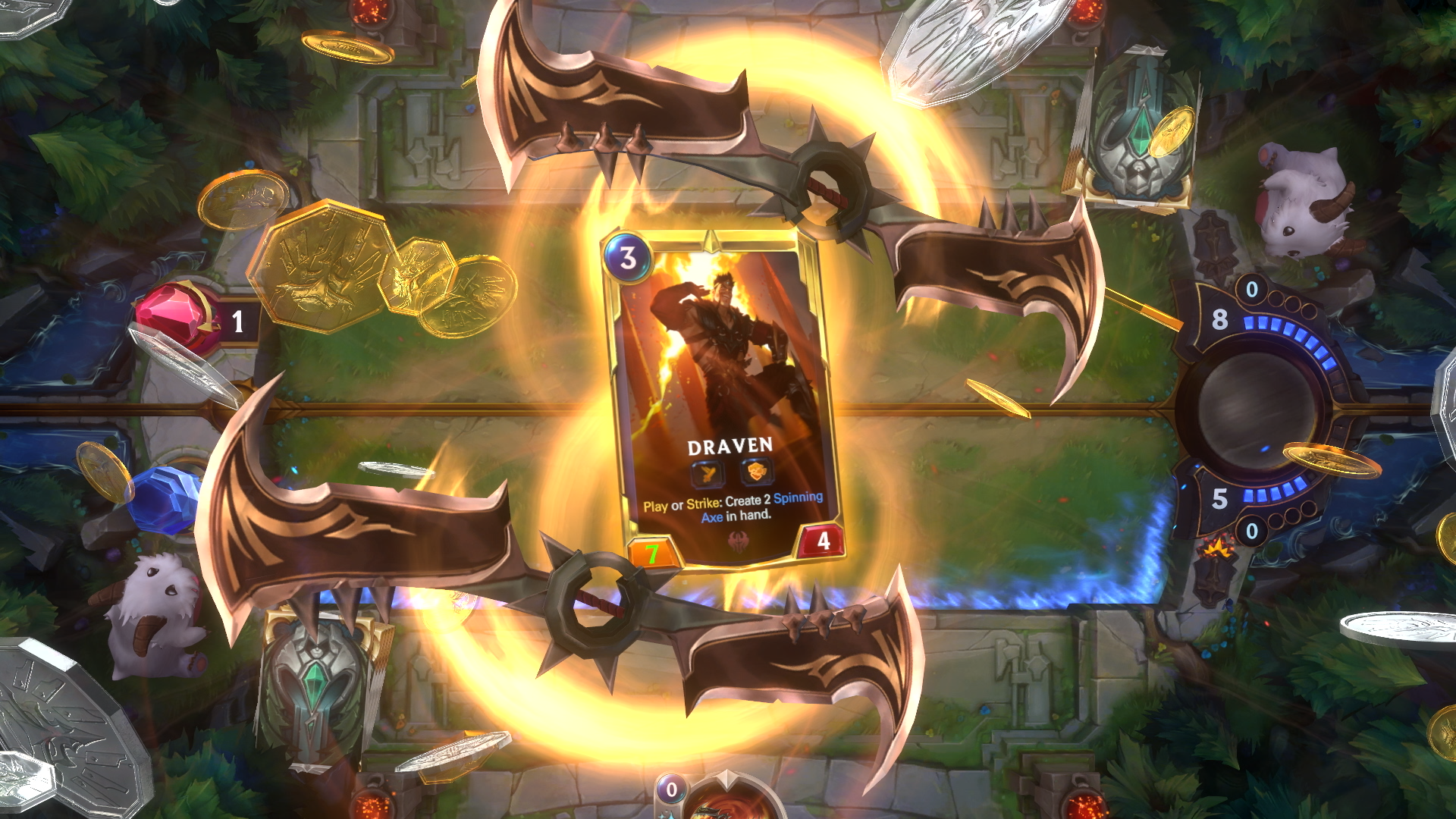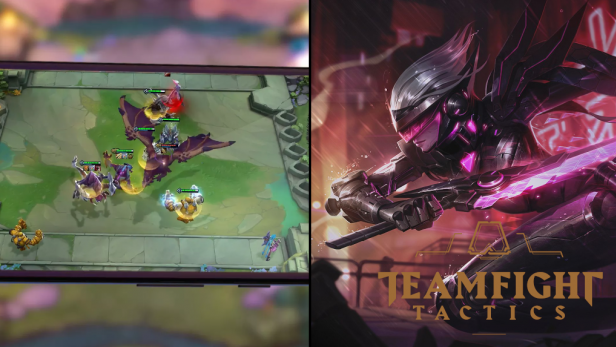Legends of Runeterra beta launch
Legends of Runeterra has just started on public beta last week and as per executive producer Jeff Jew, Riot Games is now focusing on a blueprint taking us to 2022. He discusses a lot regarding the long term plans of Riot and the possibilities of experimenting with new cards.

The developers even studied and prototyped several other variants of the gameplay, Jew reported. Players may therefore compete in regular and low key tournaments, games versus AI adversaries as well as the peculiar differences of Runeterra on drafting, yet Jew anticipates that additional features will ultimately be introduced. “We’re indeed developing some fashion inspirations earlier than usual— that is all I can talk about today— but our aim is to make it fresh and let your cards be used differently.”
Jew added, “We’re also working on multiple sets right now, I can’t go super deep into what those sets are or how many there are, but several of them are nearly done at this point. We’re balancing them still, we have a little art to do, but they’re real sets. We’re playtesting them.”
Riot having plans that far out is brilliant thinking, as Legends of Runeterra is really a wonderful experience — when you’re not overloaded of card games just yet. From everything I have experienced in a considerable amount of time, easily it is the most player-friendly free-to-play game with an innovative development mechanism which prizes cards at an incredibly constant rate. Jew assured that within the first one month of standard practice, he intends free participants to be expected to claim 60% to 70% of the introductory collection.
This is also wonderful news for my pocket, but it ensures that Legends of Runeterra will constantly require an increase of fresh collections, as players can also obtain more content very much steadily than in Hearthstone devouring booster packs. Nonetheless, it is pleasant to enjoy a card game in which I may also remain able to compete despite not wasting a fortune on it.
This might be much more than just resembling Hearthstone and Gwent, but LoR is not just a regular copy. Riot is trying to address the problems regarding virtual card games, specifically MTXs, in the Legends of Runeterra. It’s exciting to practice, too.
Here you will understand the essence automatically of Legends of Runeterra whether you experienced Hearthstone or Artifact. It’s sometimes difficult to adapt quickly to its modern form of calling troops and invoking casts. Almost every round is focused on casting spell cards and adding ally units to harm the nexus of the enemy. Players begin with 20 points of health and they lose when they’re diminished to null.
Allied forces are kind of the Hearthstone troops or monsters in Magic. They do have offensive and defensive values and therefore can strike anyone or the nexus of your adversary. Spells have consequences such as buffing allied units’ damage, harming rival minions by use unique terms such as stun.
You select four cards at the beginning of a game. Draw a fresh card every round. You will expend mana to play cards, but you have only a limited number of it each round. As the match progresses, mana is growing so that competitors can use increasingly stronger cards or cast many cards in sequence.
Each card you play is spending mana such as in Hearthstone. You have a certain budget to spend every turn, and that number rises by one to a sum of ten every round. Perhaps, most notably, in the subsequent exchange, up to three unused manas get to be spell mana.
Spell mana is a unique supplementary mana reservoir through which spells are indeed drawn before your standard mana is used. If you don’t expend every one of your mana on a turn and transform a few into spell mana, you can actually receive more mana for the subsequent turn.
Spells of Runeterra Legends function almost the same way as in card games such as MTG or Hearthstone with one big distinction: each spell does have a pace keyword to evaluate if the spell could be played and then if the adversary could react until the impact.
The battle in LoR is when friends are confronted with one another and are defeated. The offender must start the fight by pulling his called troops in the middle of the playing field. The defense instead selects the military forces who will protect the opponents. Every targeting alliance will trade damage when both parties have structured their troops and anyone who has their health severely diminished is decimated.

The major distinction with the Legends of Runeterra is the way turns are performed. Both sides take turns from aggressor to defense, each round, but the opponent more or less often will have the opportunity to react each moment an action will be performed. You can therefore not throw multiple spells as in Hearthstone and allied forces as fast as you want to.
Teamfight Tactics set 3 and mobile launch
The suspense has ended for Teamfight Tactics enthusiasts who have been teased to compete. The previous Project lead Clip from Riot disclosed that, most likely, the prominent automatic chess will be available for mobile devices in March 2020, with the launch of Set 3, led TFT designer Stephen “Mortdog” Mortimer and product director Dax’ Lunchboy’ Andrus.

TFT may soon be accessible for iOS and Android consumers in several nations on portable screens in mid-March. The very first discussions of the 2020 launch deadline started throughout the 10-jear anniversary event of the League of Legends. Riot was frank regarding intentions to ultimately move to smartphone style with the title during the announcement of the game mode on June 26. The launching of the smartphone app may be pre-registered.
In addition, the announcement revealed the Set 3 should also be published during March and offered many pretty clear clues about what to do.
There were a bunch of innovative things for the TFT to reveal, however the concept around the game and where they intend to navigate was also addressed a tad. They intend to keep tracking intense RNG dynamics, in order to prevent them from absolutely determining the speed of the whole round and to reduce the number of compositions against other configurations.
Riot announced, on the 25th of September, that TFT is raising League’s competitor pool by 33 percent after the launch with more than 1,725 million hours spent in-game. Riot aims to further concentrate on building a sustainable TFT environment through 2020.
Riot may begin to announce fresh champions and origins of Set 2 in the following several months prior to Set 3 updates. Mortdog also stated that there are also several main feature updates in preparation.


